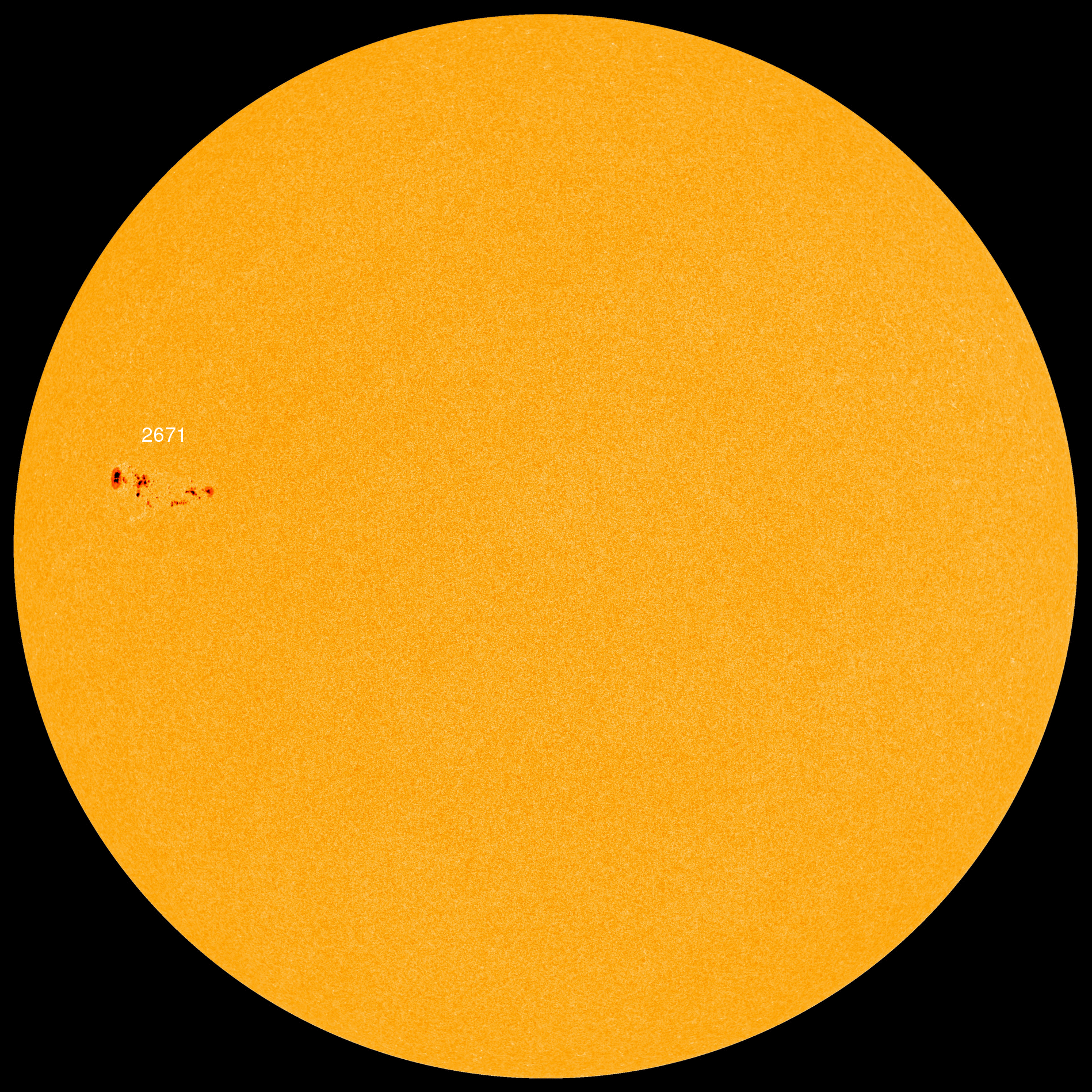The Second Question After An Eclipse
To get the elephant out of the room, for US observers, the next total solar eclipse is April 8, 2024. Additionally, peruse the map of total solar eclipses in the 21st century over North American, courtesy of Michael Zeiler.
Future total solar eclipses are mapped by Michael Zeiler and cataloged by Fred Espenak, including:
Apr. 8, 2024 (bisects USA)
Okay, the second question...

After a solar eclipse, a second question should be, "When can I use these eclipse glasses and solar-protected optics again?"
These things just allowed you to see light in a new light, perhaps the natural spectacle of your lifetime! How can such tools facilitate another visceral sungazing experience?
First, protect your solar eyewear and filters after the eclipse. Don't allow the eclipse shades to crinkle or get any grit on them. Wrap them up cleanly, keep them flat, and secure them for a future solar event.
Solar Eclipse
A catalog of 21st century solar eclipses shows all solar eclipses globally, but I saw only one event coming up that happens in the US before the 2024 return to totality. Correct me if I'm wrong.
An annular solar eclipse on 2023 Oct 14 has a greatest duration of almost 4 1/2 minutes. An annular eclipse occurs when the moon is too far away to completely cover the sun mid-eclipse, so a ring of sunlight appears around the moon. Protective eyewear is required throughout the event.

Sunspots
Sunspots are relatively cooler spots on the sun that can occasionally be big enough to discern with the naked eye. At other times you can use your solar-protected optics to show a magnified view of the blemishes on the sun's face. Follow Spaceweather.com for daily sunspot counts, images, and space weather updates.
The sun has an 11-year cycle of activity, and we're on the downward slope of that sine wave. Sunspots are in lockstep with solar activity (or inactivity), and Dr. Sten Odenwald writes the inactivity will likely bottom out in 2019 before rising again. Still, have your gear ready for surprise sunspot groups that inevitably arise. NASA Marshal Space Flight Center predicts sunspot activity.
Transit of Mercury
There's a transit of Mercury in 2019, when the innermost planet passes in front of the sun. If you have protective filters for any optics like a small telescope or binoculars, bring them out to witness the alignment. Unfortunately, the dot of the inner planet is too small for the human eye to discern. Still, you can look at the sun concurrently with eclipse glasses knowing the transit of Mercury is underway.
ISS Transit
Try watching the International Space Station transit the sun. Websites help you determine when the spacecraft passes over a sub-solar point near you. Can you see the spacecraft with the naked eye? Probably not. Here again you should bring out your solar-protected optics.
We used a Sun Funnel on an 8-inch reflector alongside a solar-filtered 60mm refractor to watch a magnified projection of the sun. Though ISS was not visible on the camera viewfinder, the two observers saw it pass on their respective devices. See https://youtu.be/qDoiLYhITHg.
Sunrises and Sunsets
Don't dismiss the thrill in the everyday happenings of the sun. Going to a beach to watch a sunset, for example? Take your solar shades with you. An alternative view of the sun through protective eyewear will yield another perspective on the sublime event. Seize the day.
[Added Aug. 25]
Donate Your Used Eclipse Glasses
Give your used eclipse glasses to observers in foreign countries who cannot afford the luxury of solar eyewear. From http://www.astronomerswithoutborders.org/awb-programs/resource-sharing-programs/eclipse-glasses-donation-program.html:
Give your eclipse glasses a second chance! Astronomers Without Borders and Explore Scientific are collecting glasses to be sent to schools in South America and Asia when eclipses cross those continents in 2019.
There are Glasses Collection Centers across the US. We will have a list of them published here soon.





















